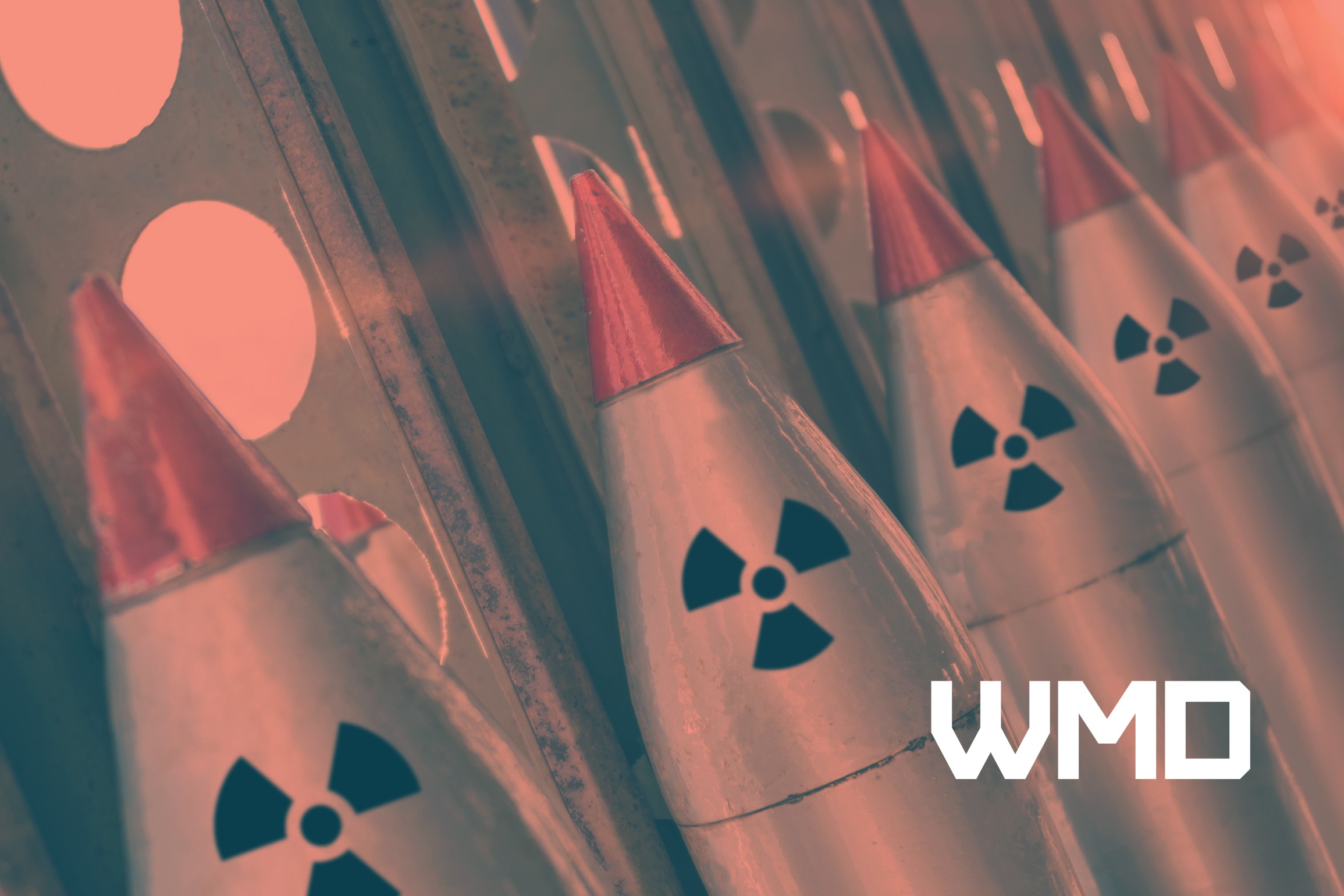Nuclear-Capable Missiles
Asia-Pacific states present a myriad of lethal missiles launched from diverse platforms, including fixed or mobile land-based platforms, submarines, and aircrafts. Nick Hansen, affiliate of the Center for International Security and Cooperation at Stanford University and an imagery technology expert, offers a primer on the incredible array of nuclear missile delivery systems currently deployed and under development by the six nuclear-armed states in the Asia-Pacific region – the United States, Russia, China, India, Pakistan and the DPRK. Hansen traces the evolution of the missiles arsenals of each of the nuclear armed states into a multiplicity of missile delivery systems.
Many possible domestic and exogenous factors explain the bewildering diversity of conventional and nuclear missiles capabilities of the nuclear-armed states; but Hansen argues that the main driver of the profusion of missiles in the Asia-Pacific is the geo-strategic context. In other words, missile development and deployment are majorly affected by the identification of an enemy country and its location relative to the nuclear weapons-possessing state. This perception and presence of an external missile threat has led to an offsetting, action-reaction missile racing in the region.
Hansen observes that the US-Russia treaties that controlled missile proliferation in the twentieth century have either collapsed or are quickly unravelling. The report warns against the impact that rapid expansion of missile capabilities could have on nuclear doctrines, in the absence of new missile reduction measures. It highlights the urgent need to control the proliferation of nuclear weapons and their missiles delivery systems, to reduce and eventually eliminate the risk of nuclear war.
Highlights and recommendations:
- Nuclear weapons-armed states in the Asia-Pacific region rely on ballistic missiles for the most part to deliver their nuclear warheads, given the combined speed of delivery and geographical reach of these missiles. Some states also have non-missile delivery systems for ground-use tactical nuclear weapons and cruise missiles for aircraft-launched nuclear weapons.
- The key determinant of the choice of missiles developed and deployed by each state is the nature, number and relative location of adversaries, the intended targets and the challenges presented by the adversaries’ nuclear and conventional forces including their vulnerable nuclear command and control nodes.
- The historical trajectories of missile acquisition and proliferation in the case of the US, Russia, China and India are characterized by varying combinations of unilateral and competitive expansion of missile capabilities over many decades. Pakistan remains focused on intermediate and short-range missiles, whereas a breakout state like the DPRK has taken a radically different pathway to leapfrog into long-range missile status.
- The US-Russian and US-Chinese missile racing is primarily the result of pairing. The US and Russia are in the process of replacing each element of their nuclear triad. Whereas Russia is further along, the US is just getting started. The biggest surprise in 2021 was the discovery of over 200 missile silos under construction in China’s western desert for DF-41 solid fuel ICBMs. This discovery and the other additions to China’s nuclear triad portends a big departure from traditional deterrence policy and possibly also for their declaratory no-first use doctrine.
- Rapidly advancing missile systems, like hypersonic missiles, add to the complexity and increased risks of nuclear escalation. Urgent steps are needed to reverse this tide. A renegotiation of the New START to include new weapons systems and other states could be a starting point. Missile control measures – whether unilateral, bilateral or multilateral – should be part of a comprehensive security solution involving partners and adversaries.
Click on the adjacent link to download the full report.
About the Author
Nick Hansen is a Center for International Security and Cooperation (CISAC) Affiliate. He graduated with a BA in Geography from Syracuse University in 1964. His career in national intelligence spans 43 years, first as an imagery analyst with the United States Army, then in industry with GTE-EDL, ESL/TRW, Tera Research as a cofounder vice president, and then again at ESL (now TRW/Northrop-Grumman) as a director. He has also served in an SES position at the US Navy’s NCWDC-Suitland, MD, as an image technology expert associated with Pennsylvania State University. He has been twice nominated for the National Reconnaissance Office‘s Pioneer award for innovative imagery uses and techniques development and is an expert in foreign weapons systems and test ranges.
Disclaimer: The views expressed in this report do not necessarily reflect the position of the Asia Pacific Leadership Network or any of its members.
Image: iStock

